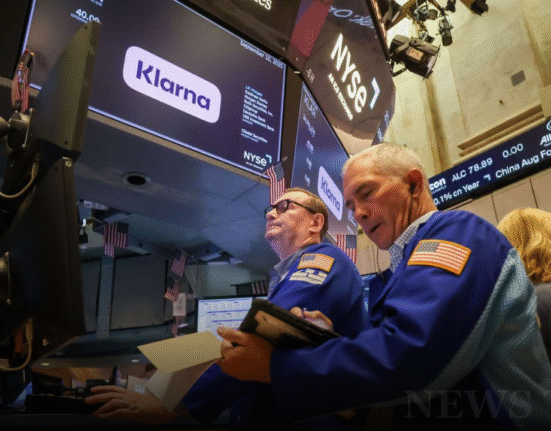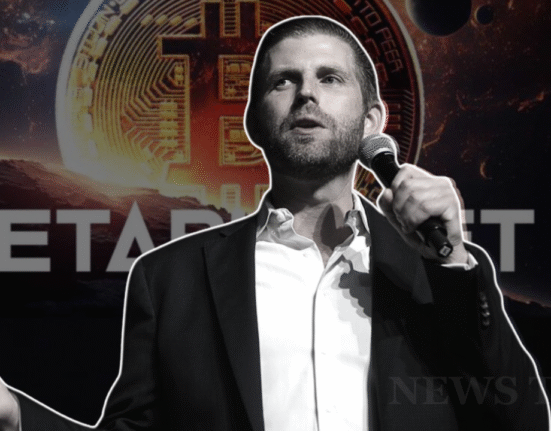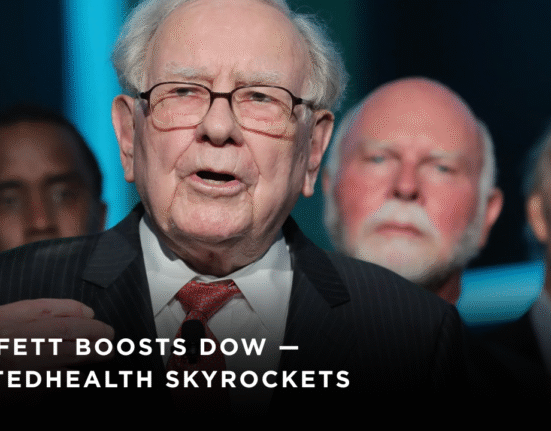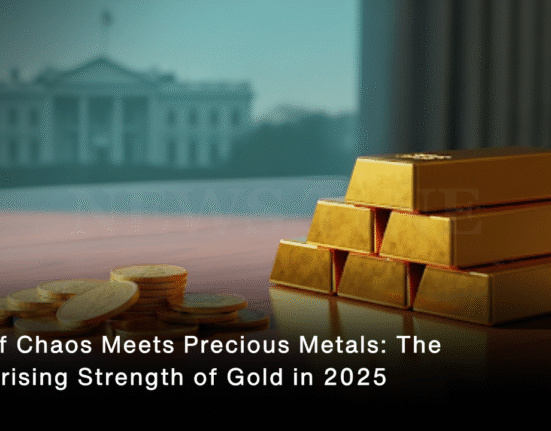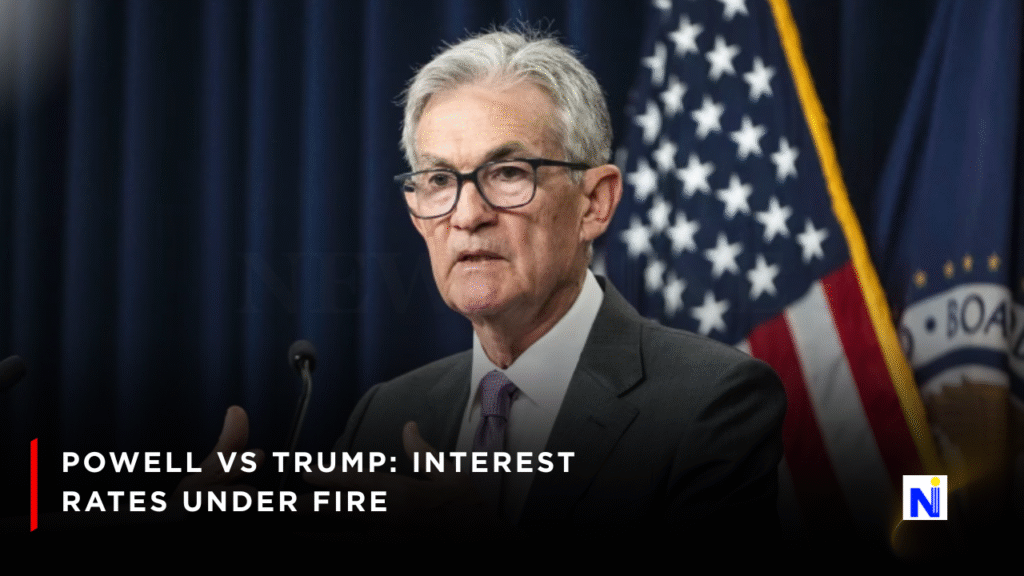
The financial world is bracing itself for a pivotal moment: Powell interest rate speech at Jackson Hole. On one side, Federal Reserve Chair Jerome Powell is expected to outline his vision for the U.S. economy. On the other, former President Donald Trump is turning up the pressure, demanding interest rate cuts to stimulate growth and ease government debt burdens. It’s a clash of politics and economics that could shape the next chapter of America’s financial future.
1. Why Powell’s Jackson Hole Speech Matters
The Jackson Hole Economic Symposium isn’t just another conference it’s the event where global central bankers, economists, and financial leaders gather.
- Timing is critical: The Fed hasn’t touched rates in eight months.
- Markets are on edge: Futures peg the odds of a September rate cut at 75%.
- Data backdrop: Inflation is ticking up again while job growth has slowed.
In Powell’s own words last month:
“We believe that the current stance of monetary policy leaves us well positioned to respond in a timely way to potential economic developments.”
Translation? The Fed is keeping its options open.
2. Trump’s Pressure Campaign
Former President Trump hasn’t been shy about criticizing Powell. In fact, this month alone he:
- Called for immediate rate cuts to boost the economy.
- Pressured Fed Governor Lisa Cook to resign over unproven allegations.
- Slammed Powell over $2.5 billion renovation costs at Fed headquarters.
Trump’s demand for lower rates has a political undertone: cheaper borrowing could help the economy (and his election prospects). But it risks inflaming inflation.
3. The Fed’s Dilemma: Inflation vs. Jobs
Powell and the Fed face a classic economic bind:
| If the Fed Cuts Rates | If the Fed Holds Rates |
|---|---|
| Stimulates hiring and growth | Risks recession amid weak jobs data |
| Could reduce debt burden | Keeps government borrowing costs high |
| Risks higher inflation | Protects inflation fight |
Recent data shows:
- Jobs report (Aug 1) → Sharp downward revisions in job gains.
- Inflation measure → Underlying prices creeping upward.
It’s a tug-of-war between two of the Fed’s mandates: maximizing employment vs. controlling inflation.
4. Powell’s Independence in Question
At a press conference last month, Powell defended the Fed’s independence:
“Political independence gives central bankers the ability to make these very challenging decisions in ways that are focused on the data … not on political factors.”
While federal law allows a president to remove the Fed chair “for cause,” no president has ever attempted it. Powell’s term runs until May 2026 meaning Trump’s pressure may only intensify if he returns to office.
5. What to Watch in Powell’s Speech
When Powell steps up in Wyoming, here’s what investors, economists, and yes—politicians will be listening for:
- Signal on September rate cut – Will Powell hint at easing?
- Tone on inflation – Is the Fed still prioritizing price stability?
- Response to Trump’s pressure – Subtle pushback, or quiet avoidance?
- Global outlook – Will tariffs and trade wars factor in?
- Policy flexibility – Clues on how “data-dependent” the Fed really is.
The stakes around the Powell interest rate speech couldn’t be higher. With inflation rising, jobs slowing, and Trump breathing down his neck, Powell must walk a tightrope between data-driven policy and political pressure. Whatever he says in Jackson Hole, markets and voters will be watching closely.


